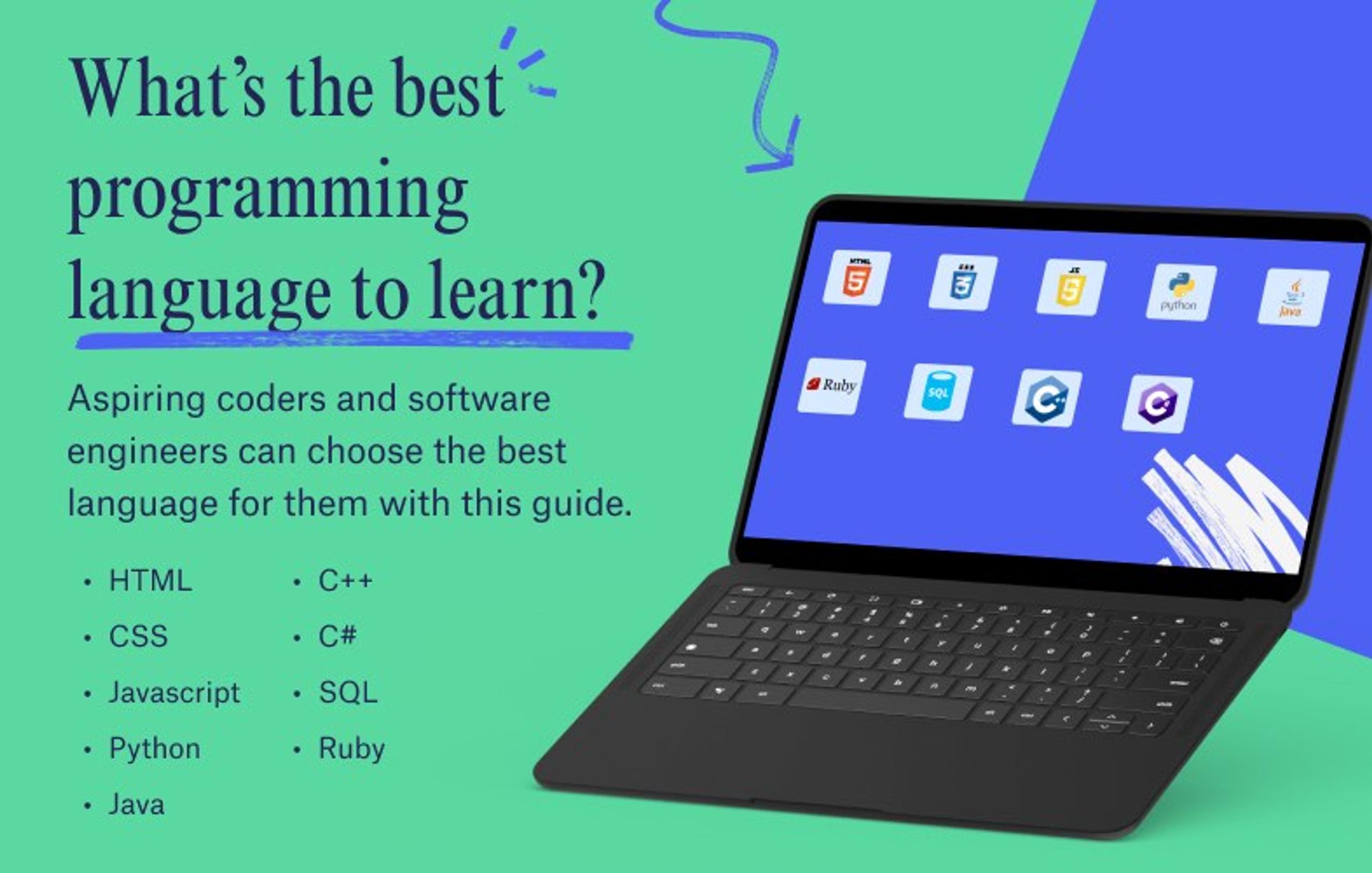Contents
Welcome to the future, where waiting in line for the latest product or event is no longer the ultimate problem. Instead, people are eagerly awaiting an audience with the revolutionary AI, ChatGPT, created by OpenAI. This groundbreaking language model is causing quite a buzz in the tech world. But what exactly is ChatGPT and why is it generating such excitement?
The Power of ChatGPT
ChatGPT is a cutting-edge text-based AI with a chatbot interface that allows you to ask questions and receive answers through a WhatsApp-style chat. One notable feature is its coding abilities. For instance, it can tackle coding challenges like creating an analog clock for web browsers.
But ChatGPT isn't limited to coding tasks; it can also assist with various other text-based endeavors. From crafting marketing campaigns and writing job descriptions to tweaking CVs, composing business emails, and even generating recipes, ChatGPT has become an indispensable friend and assistant for language-based work. Its ability to harness information from the internet, coupled with its user-friendly interface, has made it the new hot thing.
What does ChatGPT mean?
Let's explore the components of ChatGPT in more detail. The term "GPT" in ChatGPT stands for "generative pre-trained transformer." This means that the model is not limited to simple classification or probability measures, but actually generates text, including computer code. The "pre-trained" aspect indicates that the AI has been trained on a vast amount of text and code from the internet, representing the collective intelligence deposited online until the end of 2021.
The "transformer" aspect refers to the machine learning technique that forms the foundation of ChatGPT's training.
How does ChatGPT work?
Originally designed for language translation, ChatGPT utilizes a neural network architecture comprised of various stages: Input Embedding, Encoder, Decoding, Output Embedding, and Softmax. One noteworthy feature is the self-attention mechanism within the transformer, which enables ChatGPT to reference and remember information from previous sentences or paragraphs. This breakthrough capability empowers ChatGPT with impressive language generation skills, although it requires substantial computing resources, resulting in occasional wait times for access.
An intriguing aspect of ChatGPT is its ability to generate words based on its training data and the text it creates, allowing for a more engaging and interactive experience compared to traditional online searches.
How can I use ChatGPT at work?
ChatGPT can be used for a variety of work tasks to save you time with things like developing plans or ideas, copywriting, note taking, writing pieces of code or researching.
As an apprenticeship provider, aside from the core apprenticeship programme offerings, Multiverse apprentices will soon have access to an additional AI training module called AI Jumpstart, providing an introduction to the fundamentals of AI and empowering apprentices with more digital skills to future-proof their careers. But how might you use AI on an apprenticeship? Below we’ve broken down some potential uses of AI by industry…
1. Software Engineering
If you're a software engineer, AI can revolutionize your development processes. Make the most of AI by:
- Exploring AI-powered tools that automate repetitive tasks, generate code snippets, and aid in bug detection.
- Optimizing performance, improve efficiency, and build more robust applications.
2. Business
In the dynamic world of business, AI can play a pivotal role in decision-making processes. Leverage AI algorithms to:
- Analyze vast amounts of data, uncover patterns and trends, and gain valuable insights for strategic planning, resource allocation, and forecasting.
- Augment your customer service efforts, providing personalized and efficient support.
3. Data Analytics
As a data analyst, AI can revolutionize your approach to data analysis. You could embrace AI algorithms to process and analyze massive datasets. These algorithms autonomously identify patterns and trends, helping you uncover valuable insights that may be hidden. By automating data preparation, predictive modeling, and real-time analysis, AI empowers you to make data-driven decisions.
4. Marketing
As a marketer, you could utilize AI algorithms to:
- Analyze customer behavior, preferences, and engagement patterns.
- Leverage this knowledge to create personalized campaigns, deliver targeted content, and optimize advertising strategies.
- AI-powered tools can also automate social media management, content creation, and campaign optimization.
5. Project Management
If you're a project manager, AI can greatly enhance your ability to:
- Streamline processes and make informed decisions.
- Explore AI-powered project management tools that analyze project data, identify potential risks, and offer predictive insights.
- Optimize resource allocation, improve team collaboration, and ensure successful project completion.
Concerns for AI
As with any new technology, AI like ChatGPT raises certain concerns. While ChatGPT's potential is remarkable, it's important to address valid concerns surrounding its widespread use. One major concern is the ethical impact of AI-generated content, including issues like misinformation, biases, and privacy. Responsible use of AI is crucial to mitigate these concerns.
How to Use AI Fairly and Responsibly
To ensure fair and responsible use of AI like ChatGPT, we need to establish guidelines and principles. Here are some key principles to consider:
1. Transparency and Explainability
AI systems should be transparent about their capabilities and limitations. Users should know when they are interacting with an AI and understand the data used to train it, including any biases that may be present.
2. Accountability and Oversight
There should be mechanisms in place to hold AI systems accountable for their outputs. Regular monitoring and audits can help identify and rectify any harmful or biased behavior. Regulatory oversight can also ensure fairness and prevent misuse.
3. Human-in-the-loop Approach
AI is meant to assist and augment human intelligence, not replace it. Humans should retain control over decision-making, and AI systems should be designed to collaborate with humans, promoting human judgment and accountability.
4. Ethical Collection and Use of Data
Data used to train AI systems should be obtained and used ethically. Privacy concerns must be addressed, and proper consent should be obtained for the use of individuals' data. Steps should also be taken to mitigate biases in training data for fair outcomes.
5. Continuous Learning and Improvement
AI systems should be continuously monitored and improved. Feedback from users should be collected to enhance performance and address shortcomings. Regular updates and maintenance are essential for adapting to changing needs and challenges.
Conclusion
In conclusion, ChatGPT is a revolutionary language model that has the potential to transform our work processes. With its text and code generating capabilities, it serves as a versatile tool for a wide range of tasks. Powered by pre-trained transformer technology, ChatGPT delivers reliable performance, bolstered by its user-friendly interface. As more people embrace ChatGPT in today's digital age, Google and others are closely observing its impact. But don't just take our word for it; experience the power of ChatGPT yourself and witness how it streamlines your work and makes your life easier.



